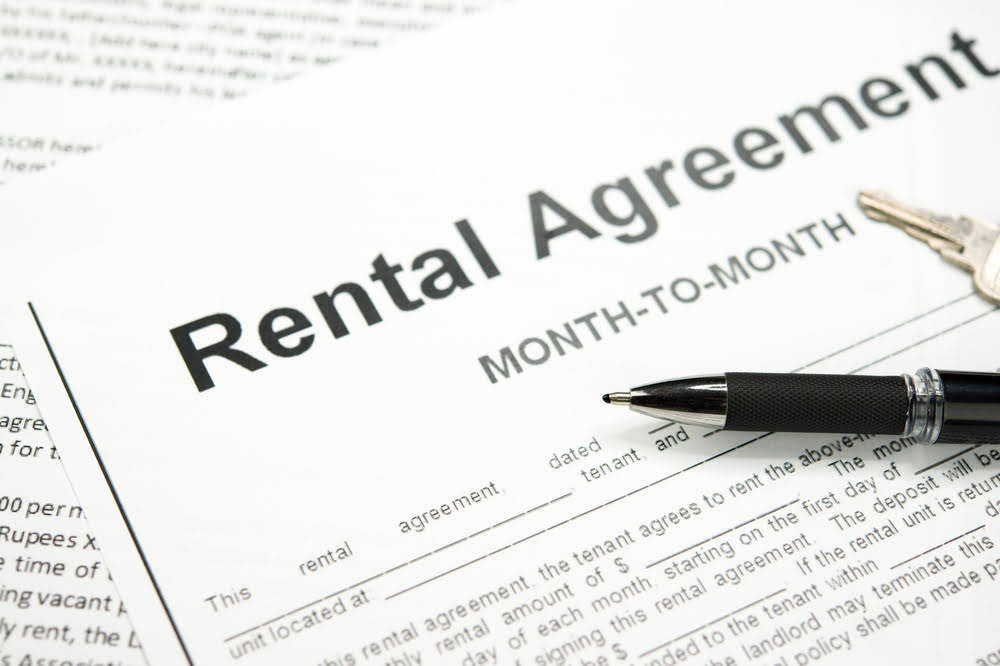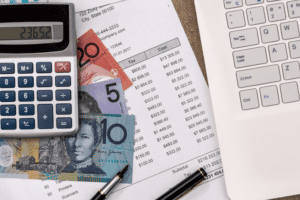
The following sections discuss specifics regarding preparation of these two nonoperating sections, as well as notations about disclosure of long-term noncash investing and/or financing activities. Changes in the various current assets and liabilities can be determined from analysis of the company’s comparative balance sheet, which lists the current period and previous period balances for all assets and liabilities. Cash flows from investing activities always relate to long-term asset transactions and may involve increases or decreases in cash relating to these transactions. cash flow from assets equals: The most common of these activities involve purchase or sale of property, plant, and equipment, but other activities, such as those involving investment assets and notes receivable, also represent cash flows from investing. Changes in long-term assets for the period can be identified in the Noncurrent Assets section of the company’s comparative balance sheet, combined with any related gain or loss that is included on the income statement. Decreases in current assets indicate lower net income compared to cash flows from (1) prepaid assets and (2) accrued revenues.
- Examples of cash equivalents include commercial paper, Treasury bills, and short-term government bonds with a maturity of three months or less.
- Liquidity is another significant dimension that cash flow from assets highlights.
- Cash flow to total assets ratio measures the ability of the company to use its own assets to generate cash flow.
- This core assessment is particularly valuable for internal stakeholders and potential investors looking for a transparent evaluation of the business’s primary functions.
- From this CFS, we can see that the net cash flow for the 2017 fiscal year was $1,522,000.
The Ultimate Cash Flow Guide (EBITDA, CF, FCF, FCFE, FCFF)
Investing activities include purchases of speculative assets, investments in securities, or sales of securities or assets. Businesses take in money from sales as revenues (inflow) and spend money on expenses (outflow). They may also receive income from interest, investments, royalties, and licensing agreements https://www.bookstime.com/articles/startup-bookkeeping and sell products on credit. Assessing cash flows is essential for evaluating a company’s liquidity, flexibility, and overall financial performance. The accounting equation is based on the premise that the sum of a company’s assets is equal to its total liabilities and shareholders’ equity.
How to calculate cash flow: 7 cash flow formulas, calculations, and examples

Continuously reviewing and cutting unnecessary expenses can help you maintain a better CFFA. This doesn’t have to mean reducing the quality of your products; it could involve finding more cost-effective suppliers or automating manual processes.

What Is the Cash Flow Formula?

In this cash flow (CF) guide, we will provide concrete examples of how EBITDA can be massively different from true cash flow metrics. It is often claimed to be a proxy for cash flow, and that may be true for a mature business with little to no capital expenditures. The common stock and additional paid-in capital (APIC) line items are not impacted by anything on the CFS, so we just extend the Year 0 amount of $20m to Year 1. Next, our company’s long-term debt balance was assumed to be $80m, which is decreased by the mandatory debt amortization of $5m. For our long-term assets, PP&E was $100m in Year 0, so the Year 1 value is calculated by adding Capex to the amount of the prior period PP&E and then subtracting depreciation.

Companies can also use a cash flow forecast to plan for future cash inflows. Keep in mind, with both those methods, your cash flow statement is only accurate so long as the rest of your bookkeeping is accurate too. The most surefire way to know how much working capital you have is to hire a bookkeeper. They’ll make sure everything adds up, so your cash flow statement always gives you an accurate picture of your company’s financial health.
- At first, it can be challenging, but you will manage your business finances better once you get the hang of things.
- It measures a company’s ability to generate cash inflows from its core operations using strictly its current assets and fixed assets.
- Companies with a positive cash flow have more money coming in, while a negative cash flow indicates higher spending.
- The cash flow statement complements the balance sheet and income statement.
Cash Flow Statement
A cash flow statement is a regular financial statement telling you how much cash you have on hand for a specific period. A lower ratio shows that company is not using all of its assets’ potential to generate cash flow. Moreover, they will face a higher risk if the cash flow generates from the operation is not enough to cover other expenses and liabilities. The company will need to seek other sources of funds to support its operation and prevent liquidation. To calculate total assets, you take the average of all the assets between two account periods.
Investing Activities Leading to a Decrease in Cash
- In accounting and finance, the cash flow statement (CFS), or “statement of cash flows,” matters because the financial statement reconciles the shortcomings of the reporting standards established under accrual accounting.
- The cash flow statement is derived from the income statement by taking net income and deducting or adding the cash from the company’s activities shown below.
- This measurement does not account for any financing sources, such as the use of debt or stock sales to offset any negative cash flow from assets.
- P/CF is especially useful for valuing stocks with positive cash flow but are not profitable because of large non-cash charges.
- It is money that is on hand and free to use to settle liabilities or obligations.
